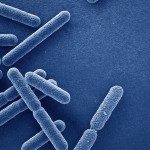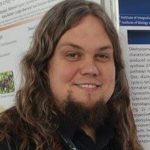About
Iron-sulfur (Fe-S) clusters are ancient and ubiquitous protein cofactors essential for life. It is thought that Fe-S clusters spontaneously assembled in the early Earth anaerobic environment rich in iron and sulfur. Rise of oxygen levels (after oxygenic photosynthesis) would have yield to unfavorable conditions, and Fe-S cluster biogenesis machineries, ISC, SUF and NIF, emerged to assist Fe-S cluster biogenesis. Recently, we challenged these paradigms by discovering two additional and widespread Fe-S cluster systems -SMS and MIS- which we infer to be ancestral to the ISC, NIF and SUF pathways and which we propose to have originated prior to the GOE. The main objective of this project is to fully characterize SMS and MIS systems by applying a powerful combination of in silico and experimental approaches.
Our strategy will be to reconstitute the archaeal SMS and MIS systems in E. coli to identify whether they are self-reliant or require auxiliary Fe-S biogenesis factors. We will then move on to study the two systems in anaerobic methanogenic Archaea chosen as models according to their predicted Fe-S biogenesis machinery content and their genetic amenability. The MIS and SMS systems will be analyzed by using transcriptomics approaches, protein-protein interaction, enzymatic assays and generation of mutants affected in Fe-S biogenesis. We will then combine bioinformatics and experimental work to identify additional components contributing to SMS- and MIS-based Fe-S cluster biogenesis, with a special focus on the sulfur source. Finally, a thorough biochemical and biophysical approach will be carried out to characterize features of SMS and MIS systems and their putative accessory factors.
By bringing together world recognized specialists of Fe-S biology, Archaea physiology and evolution, this project will open totally new avenues of research with clear impact on life origin and evolution, molecular mechanisms of microbial stress adaptation, and redox biology.








